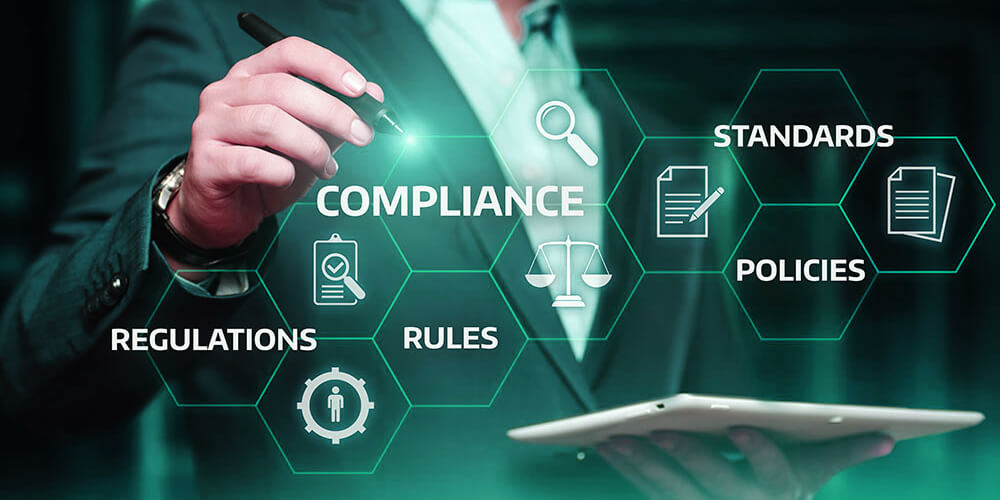The Importance of Dossier Preparation in Regulatory Affairs
The Importance of Dossier Preparation in Regulatory Affairs
Blog Article

In the fast-paced world of healthcare and pharmaceuticals, regulatory affairs play a crucial role in ensuring that products meet the necessary legal and safety standards before they reach the market. The complexity of these regulations can be daunting, requiring meticulous attention to detail and a comprehensive understanding of the ever-evolving landscape of compliance. One key aspect of this process is dossier preparation, which serves as the foundational framework for regulatory submissions.
Dossier preparation involves compiling a comprehensive collection of documents that detail the product's development, manufacturing processes, and clinical data. This critical step not only supports the approval process but also communicates the product's safety and efficacy to regulatory agencies. A well-prepared dossier can significantly ease the review process, enhancing the chances of gaining timely approvals and ultimately bringing new therapies and products to those in need.
Understanding Dossier Requirements
Dossier preparation is a critical component of regulatory affairs, as it serves to compile all necessary documentation required for the approval of products by regulatory bodies. Each regulatory authority may have specific requirements for dossiers, which can include data on safety, efficacy, quality, and manufacturing processes. It is essential to understand that these requirements can vary widely between regions and product types, necessitating thorough research and attention to detail to ensure compliance.
One of the key aspects of dossier preparation is the organization of information. A well-structured dossier enables regulatory reviewers to easily navigate through the documentation and verify that all requirements are met. This means clearly labeling sections, using consistent formatting, and including a comprehensive table of contents. Proper organization not only enhances clarity but also improves the chances of a successful review process by minimizing the back-and-forth that can occur due to missing or unclear information.
Finally, staying up to date with the evolving landscape of regulations is crucial for effective dossier preparation. Regulatory requirements can change frequently as new guidelines are issued and as scientific advancements occur. Therefore, professionals in regulatory affairs must continuously educate themselves and adapt their approaches to dossier preparation accordingly. This proactive attitude ensures that submissions are not only compliant but also in line with the latest standards, ultimately facilitating a smoother approval process.
Key Components of Effective Dossier Preparation
A well-prepared dossier is essential in regulatory affairs, as it serves as the comprehensive compilation of information necessary for product approval. One of the key components is a clear and well-organized structure, which allows regulatory agencies to easily navigate and understand the documents. This includes having a coherent table of contents, proper indexing, and sections that are logically sequenced. Each section should focus on specific areas such as product description, clinical data, manufacturing processes, and compliance with relevant regulations.
Another critical element is the inclusion of high-quality data and evidence that substantiates the claims made about the product. This involves rigorous documentation of research findings, safety data, and efficacy information. The data must be presented in a clear, concise manner, often supplemented by visuals such as charts and graphs to enhance understanding. Proper citation and adherence to regulatory standards further bolster the credibility of the evidence provided, making it essential for approval processes.
Lastly, the importance of thorough documentation cannot be overstated. This includes maintaining comprehensive records of communications with regulatory authorities as well as changes made during the development process. Ensuring that all documents are current, accurate, and easily accessible is vital for both compliance and the success of the submission. Regulatory agencies rely on precise documentation to assess a product’s safety and efficacy, making meticulous attention to detail a fundamental aspect of effective dossier preparation.
Best Practices for Regulatory Submissions
When preparing regulatory submissions, clarity and organization are paramount. Ensure that all documents are logically structured and easy to navigate. Begin with a comprehensive table of contents and use clear headings and subheadings throughout to guide reviewers. Present data in a straightforward manner, using charts and tables to illustrate key points effectively. Ultimately, the goal is to facilitate a smooth review process by minimizing confusion and making critical information readily accessible.
Another critical practice is to tailor submissions to the specific requirements of the regulatory body you are addressing. Different agencies have varying expectations regarding format and content. Familiarize yourself with the guidelines provided by each authority and adhere closely to them. This includes using the correct templates, providing required data, and following established timelines. Ensuring compliance with these standards can significantly reduce the chances of submission delays or rejections.
Regulatory Affairs Course
Finally, engage in thorough pre-submission reviews. It is wise to involve cross-functional teams early in the regulatory submission process to gather diverse perspectives and identify potential issues. Conducting internal audits and simulations can help uncover gaps in data or arguments before the submission is made. This collaborative approach not only strengthens the submission itself but also builds a more robust understanding among team members regarding regulatory requirements and processes.
Report this page